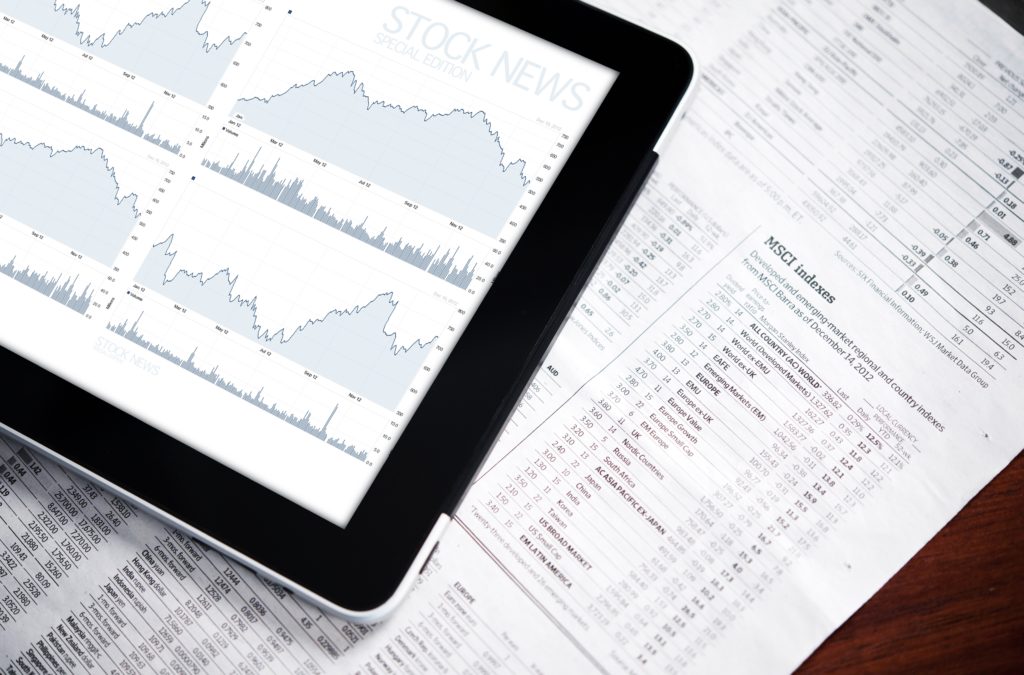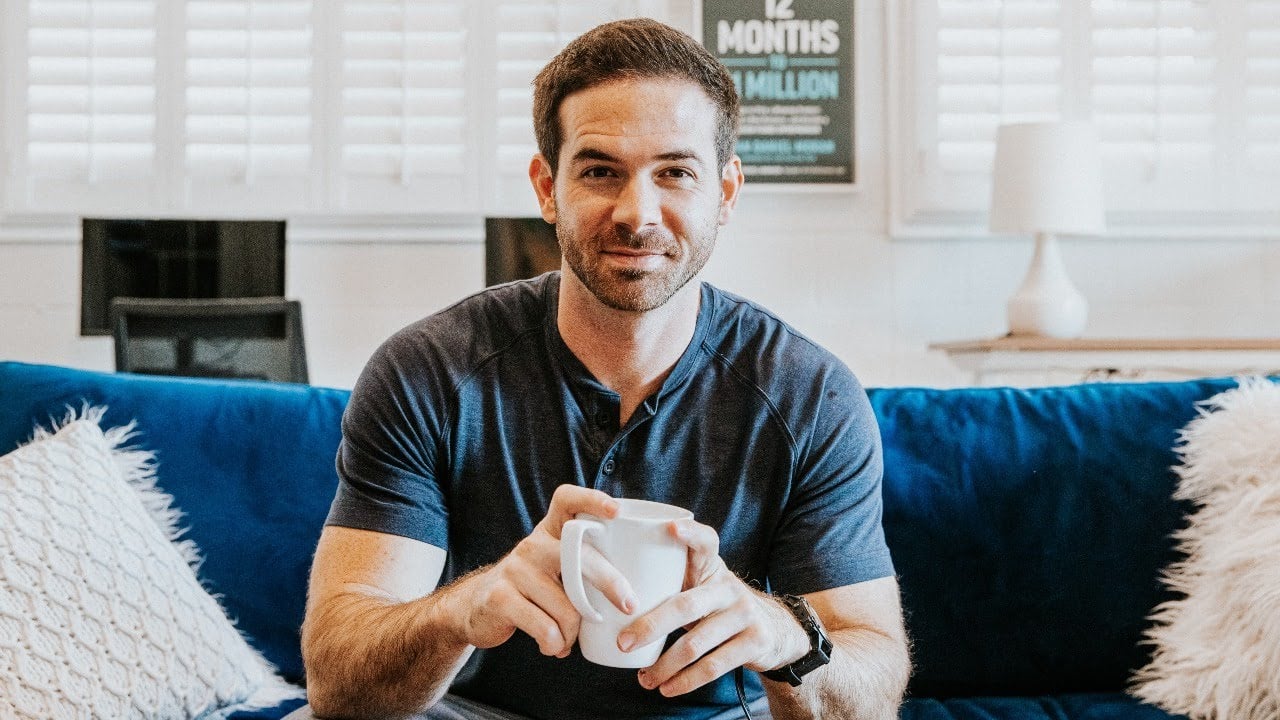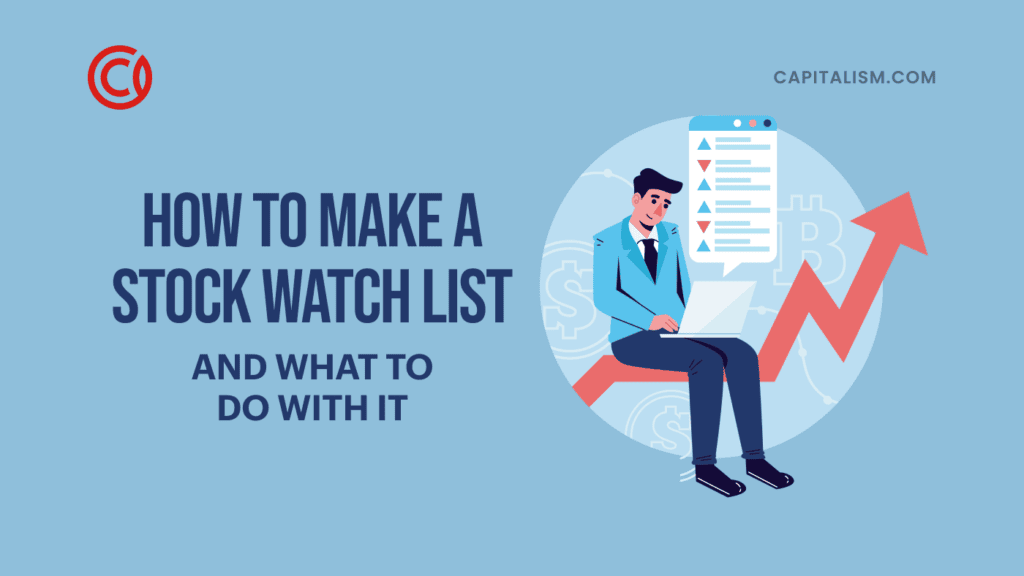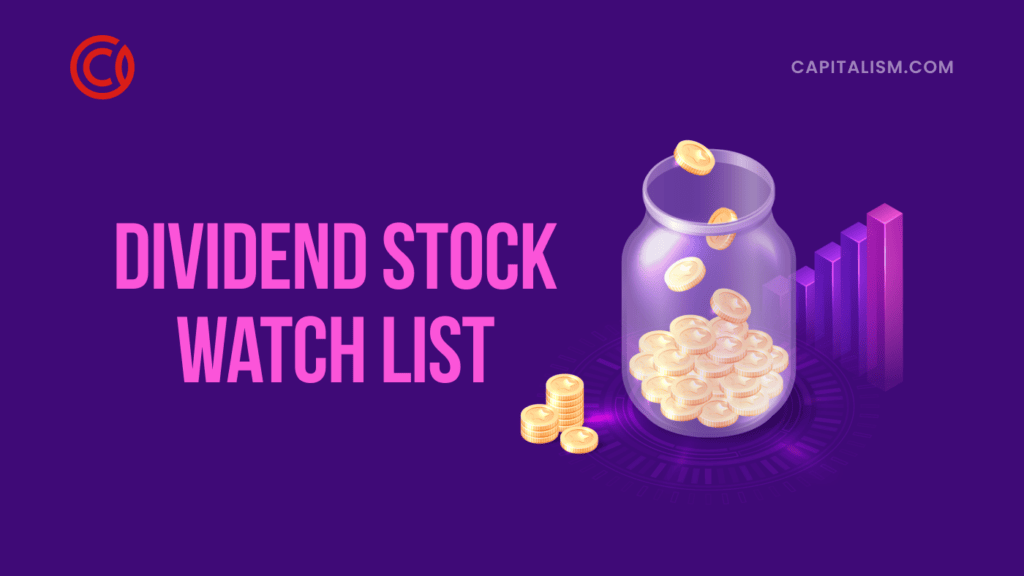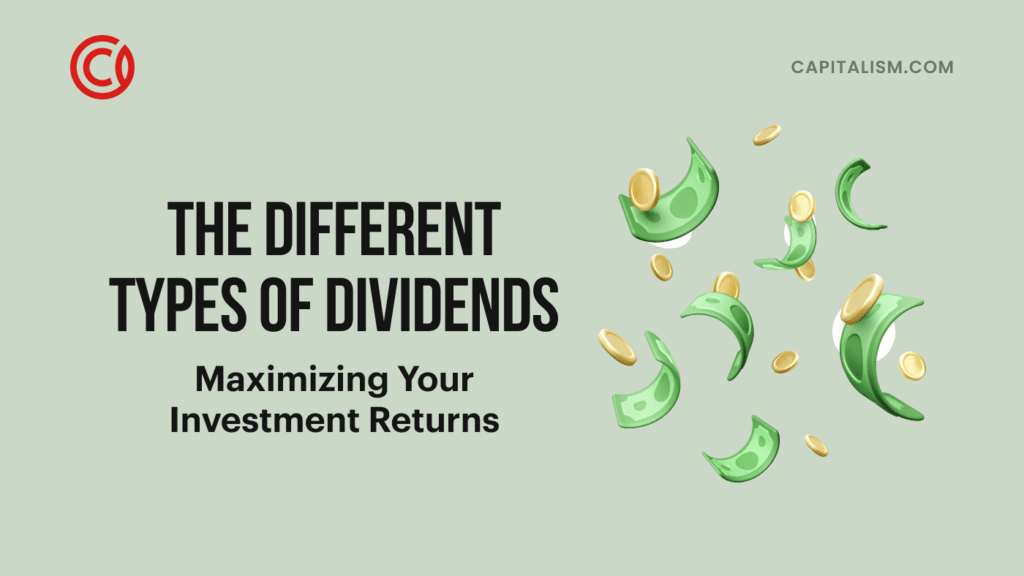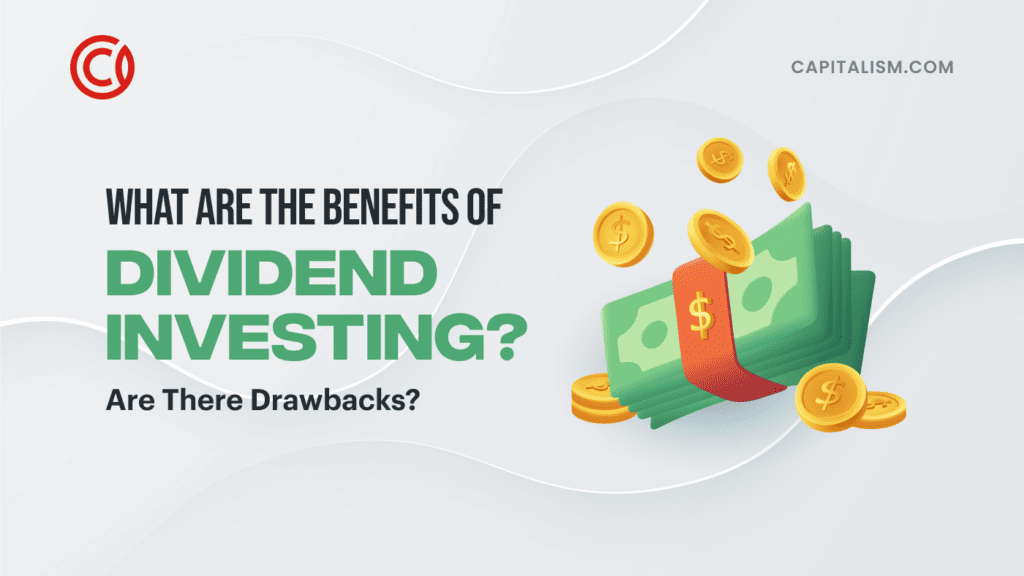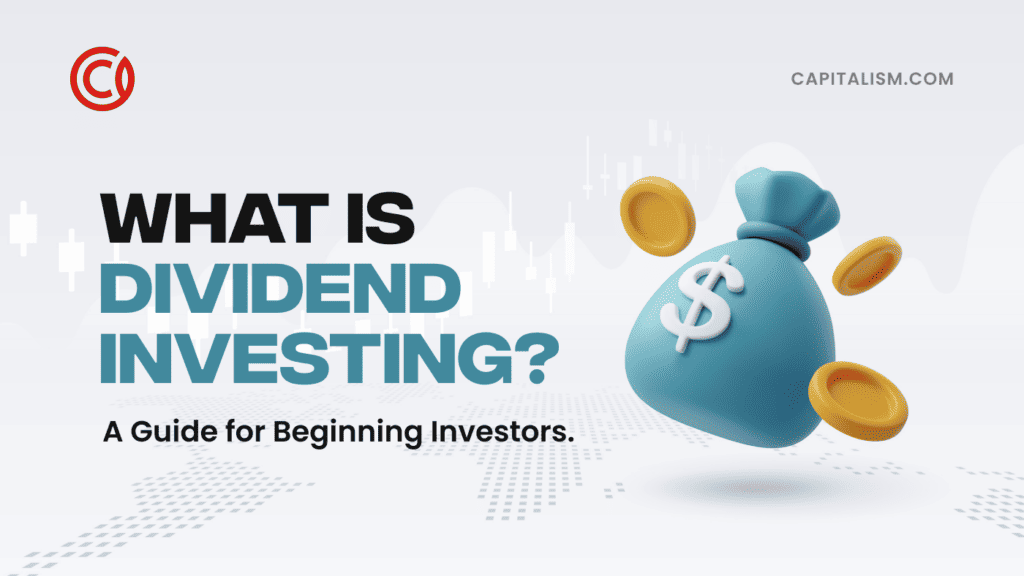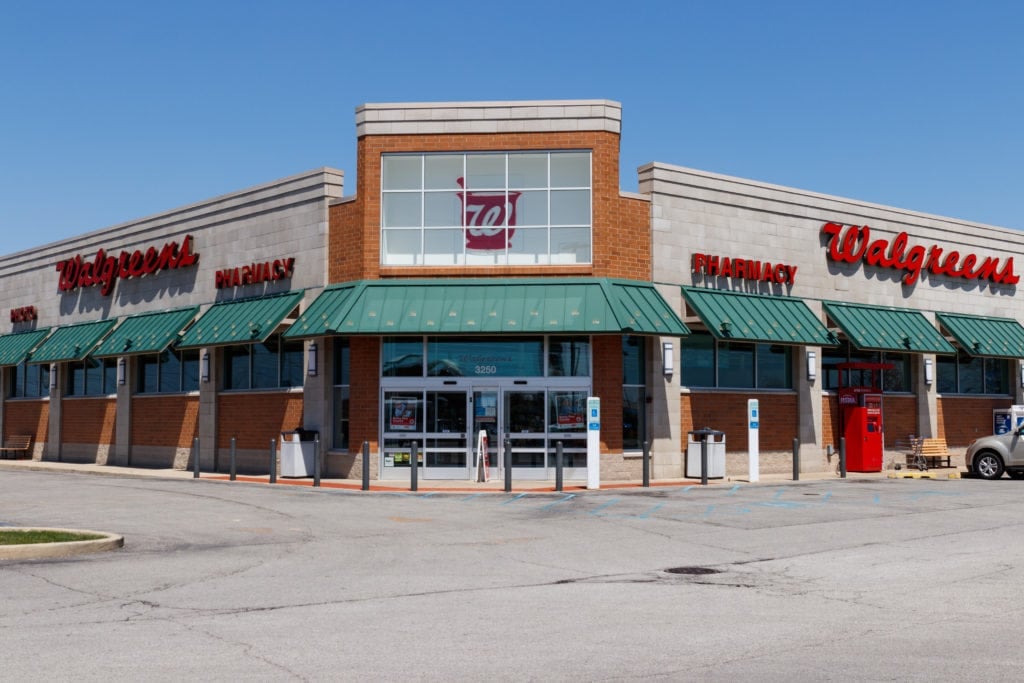Confused by call options and put options? Wondering how trading stocks differs from trading options?
Inside The One Percent, we’ve been talking a lot about dividend stocks, covered calls, naked puts, and options trading. Most of our discussions have focused on investing in dividend-paying stocks. But that’s not the only way people invest in options.
For new investors, it can get a little confusing trying to learn the lingo and how to use these strategies. That’s why we invited Sean Ring, CAIA, CMT, FRM to have a quick chat with us. Sean is the CEO of Finlingo.com, a fintech company that creates limitless practice questions for financial examinations. He has over 25 years of banking and training experience. This year alone, he’s trained the new hires of the Abu Dhabi Investment Authority, Bank of America, Goldman Sachs, DBS, and Standard Chartered. He’ll give us a simple, brief rundown on call options.
Take it away, Sean!
Ignorance can be hazardous to your financial health. In this article, we’re going to concentrate on buying options. That’s because when you buy options, you can only lose your premium. (The premium is what you pay when you buy the option.)
Of course, losing 100% of your premium is painful. But most times, that is still less than you would’ve lost had you traded the equivalent stock position. We’ll demonstrate this with numbers and charts later on.
Very quickly, let’s look at a schematic of financial products:
Options are choices, just like they say on the tin. They are a form of derivative, a financial product that derives its value from some underlying, such as a stock, index, bond, rate, or commodity.
What are call and put options?
Next, let’s define the terms since that’s the key to learning.
| Call option | The right to buy the underlying stock at a specified price at or before expiry. |
| Put option | The right to sell the underlying stock at a specified price at or before expiry. |
| Premium | The price you pay for the option and the maximum loss you can incur when you buy options. |
| Strike or exercise price | The price at which you can buy (calls) or sell (puts) the underlying stock at or before expiry. |
| Expiry or expiration | The date when the option is no longer valid. Therefore, all else being equal, an option is a decaying product. |
| American | A type of expiry where you can exercise your option anytime up to and including the expiry date. |
| European | A type of expiry where you can exercise your option only on the expiry date. |
Is buying a call bullish or bearish?
Let’s define some parameters for long call options:
| Maximum gain | Unlimited |
| Maximum loss | Premium |
| Breakeven point | Strike price plus Premium |
| Outlook | Bullish (you think the stock is going up) |
Ok, let’s take a heavily-traded stock that’s also easily tradable as an option. How about Microsoft (MSFT)?
You can see how MSFT got hit hard during the initial COVID panic but roared back to new highs in the four months after. Since July, though, it’s been pretty range bound, trading between $200 and $230 per share.
Why would you buy a call option?
Let’s say, for instance, you believe this is just a consolidation, and MSFT will break out to the upside. There are two ways you can express your view.
You can buy, say, 100 shares of MSFT. (For illustration purposes, let’s say the stock price is $215.)
Or you can buy 1 MSFT call option. Let’s choose the Dec expiry, so you’re not paying too much for time value. The more time to expiry, the more expensive the option is.
Let’s also choose the $225 strike calls, as that’s only slightly out-of-the-money, offering more upside if you’re correct.
We look up the price of the MSFT Dec 225 calls, and they sell for $3.50. That’s $3.50 per share, and one option is worth 100 shares. So for one call option, you’d spend $350.00.
NB: in some countries, options are worth 1,000 shares. So please, please check before you trade.
How do call options work?
Let’s compare the P&L of the two choices.
Let’s start with the breakeven points. With the stock position, that’s easy. It’s the purchase price. If MSFT goes up from $215, we make a profit. If it goes down, we make a loss.
But for the call option, it’s different.
First, we paid $3.50 per share for the right to buy 100 shares at $225. So our breakeven price per share is $228.50. Above there, we’re in profit.
But notice that we can’t lose any more than $3.50, our premium. This dramatically reduces our risk. And it’s also why buying call options is also known as “buying upside.”
Here’s an example:
We can do a quick scenario analysis to see what happens if you’re wrong. Let’s say MSFT drops to $220 per share.
If you chose to buy 100 MSFT shares and lost $5 per share, your return would be -2.3%. That doesn’t look so bad. And it’s true; you can hang onto the stock while it pays you a dividend until it turns around. That’s something you can’t do with an option.
(It’s important to note that owning an option on a stock does not entitle you to the stock’s dividend. That only goes to shareholders.)
But if you chose options, you’d lose 100% of your premium!
However, the premium loss ($350) is less than your stock loss ($500) on an absolute level.
Now, what if you were correct in your view, and MSFT went up?
Let’s say MSFT jumped from $215 to $240.
After all, an 11.6% gain over a month isn’t unheard of in the tech sector.
If you bought the stock, you’d make that tidy 11.6% return. Put in plainer terms, you would’ve risked $21,500 for a $2,500 gain.
Alternatively, if you bought the call option, you’d have risked $350 for a $1,150 gain. That’s a 328.6% return!
Are these seemingly exorbitant returns real?
Yes, because the starting point is so low.
Firms like BlackRock, Vanguard, and State Street Global Advisors can’t do that because their portfolios are so huge to start with. So you’ll hear from institutional investors that those returns aren’t realistic. And they’re right… for them!
But for retail investors and those starting, outsized returns happen at first… and then as you normalize, your returns will get back to a more “reasonable” level.
It’s important to note that while it isn’t crazy to have some huge returns, it’s challenging to do it consistently. You can’t sit on these trades, hoping they turn around. Since they expire, all else being equal, they will approach zero value toward the end.
Like all trading positions, it’s good to put stop levels in. Some excellent option commentators recommend a 50% stop on each trade.
Is it better to buy calls or sell puts?
For retail investors, selling options can be very risky. Even though buying calls and selling puts are bullish trades, there is far more downside potential when selling puts.
What is the riskiest option strategy?
Selling calls and puts simultaneously is very risky. Both short straddles and short strangles are extraordinarily dangerous, and we recommend you stay away from them. Nick Leeson famously destroyed Barings Bank in the 1990s by shorting strangles. The Queen’s Bank - yes, that Queen - was sold for one British Pound to ING Bank in the Netherlands. His book, Rogue Trader, details how he did it.
Want to learn more about call options?
If this little taster intrigued you, we’ve got more in store for you. Ryan Daniel Moran and his good friend Ryan Coisson recently discussed options trading inside The One Percent.
And if you’re looking for the ultimate investment strategy for busy entrepreneurs, you’ll want to check this out.
Disclaimer
At Capitalism.com, we are not investment professionals. We just like to talk about this stuff. So, here’s our usual disclaimer: This is just for entertainment purposes. You should not take anything in this article as advice, and you should always do your due diligence and follow the advice of professional investment advisors.
